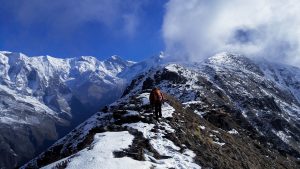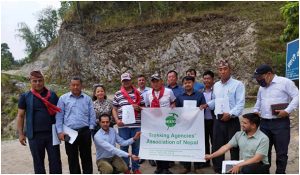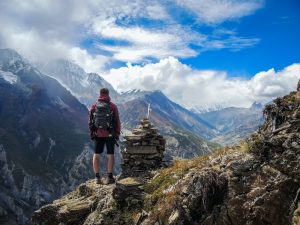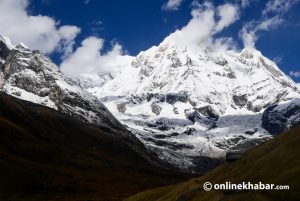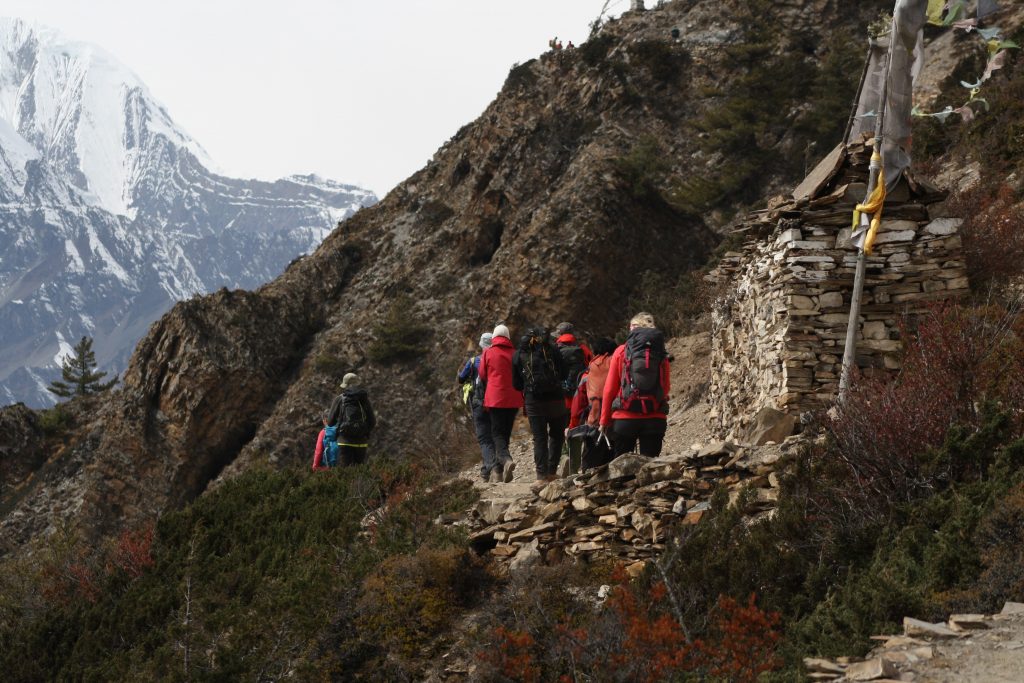
Starting April 1, foreigners will no longer be allowed to trek without a guide. The decision by Nepal Tourism Board (NTB) has received the ire of many solo travellers and jubilation from trek guides.
Like with several other decisions taken by the NTB over the years, the intention remains at best misplaced. This is not to say that the ‘no guide, no trek’ policy is bad for the Nepal tourism industry per se. If Nepal wants to adopt a more philanthropic mode of tourism that caters to domestic employment, that is a separate topic.
However, to resort to the safety and employment arguments and make a hasty decision without consulting tourists, the very people the NTB wants to dearly protect, and other important stakeholders of the tourism industry reeks of a lobbied intervention with short-sighted opportunism and greed. In the name of protecting the tourists, NTB is on the verge of hurting the entire Nepal tourism industry.
Misconceptions rule the show
When a country cannot boast about what it creates, it has to resort to what it is endowed with. Even amidst the corruption and chaos that surrounds and stymies Nepali society, there is little doubt that the country reveals some of the most breathtaking faces of nature. It is therefore perfectly understandable for Nepal to try and use that endowment with the expectation of economic benefit.
But there is a thin line between utilising and exploiting a benefit from the Nepal tourism industry and the new rule leans towards the latter. And maybe what makes it more of an exploitation rather than utilisation seems to stem from a few misconceptions.
One of them has to do with the portrayal of a classic ‘tourist’, prevalently referred to as ‘khaires’. To most, the word ‘tourist’ implies someone who is white and rich and it is generally a causal link that is presumed; they are rich because they are white. Leaving aside the subtle racism inherent in the way tourists are addressed based on the colour of their skin, treating them as a homogenous group with the same level of affluence is ignorant of the reality of life abroad.
Every society is stratified and those who are universally referred to as tourists in the Nepal tourism industry are from different economic spectrums in their countries of origin, not all of whom enjoy a lavish lifestyle. Like in every country, including the rich, there are people who have to work hard to make ends meet.
Granted that being from a more economically affluent country gives them some advantage, primarily through the means of favourable exchange rates, but the cost of travel, when including airfares, can still add up to a significant amount.
As such, a great many solo travellers adopt a lifestyle that requires them to be meticulous in terms of the money they spend so as to sustain their travel which is not just a one-off experience but a recurring lifestyle pattern.
Mind the minor stakeholders
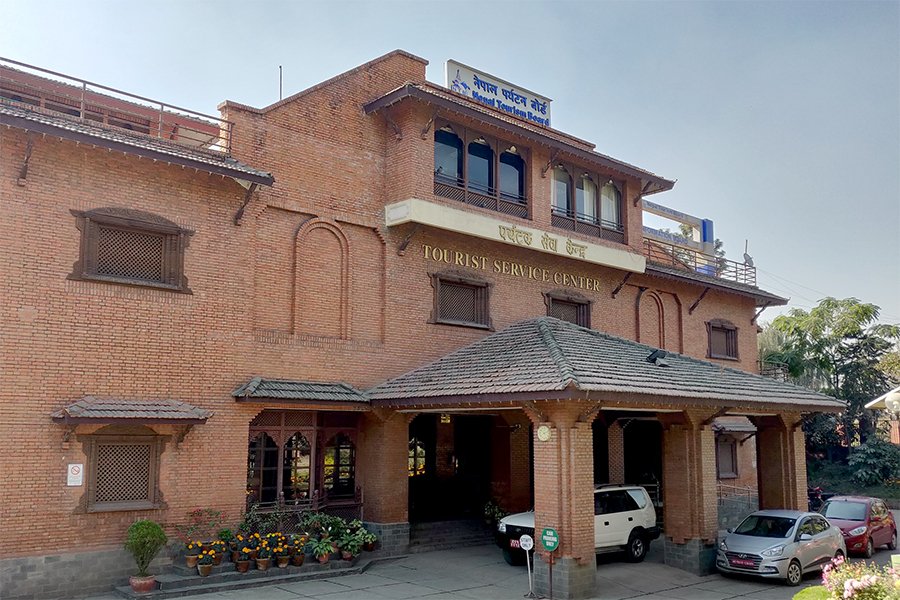
This especially holds true for young travellers under the age of 35. There are those who think that Nepal is better off catering to only high-end tourists, but they fail to see that it will be small enterprises in our country that will also suffer the consequences.
Surely, Nepal Tourism Board must also be a little worried about the small tea houses and shops during the off-season when the ‘high-quality’ tourists go absent and solo travellers tend to step in. Because the debate has become so centred on trek guides and tourists, the rest of the stakeholders from the Nepal tourism industry have not had the chance to be addressed.
Some travellers might not mind taking a guide if it helps create employment, but people travel with a variety of different motivating factors, not all of which includes philanthropy. Some just want to break from their own stress, not accumulate more along the way.
This is especially true for those who go into nature-seeking moments for themselves where they can disconnect from everything else. Tourists do not work for our government and they should not be guilt-tripped into solving our employment problem. And the thing is, the new rule is not really going to solve the employment problem. This brings us to another misconception about the Nepal tourism industry which has to do with calculations.
Miscalculated maths
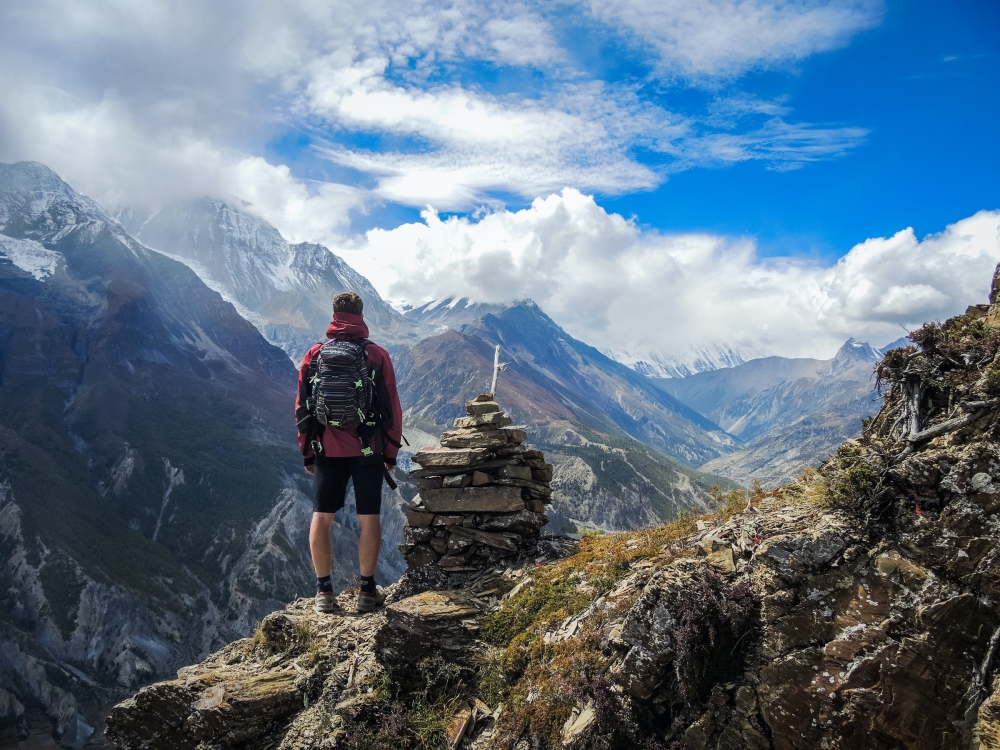
The head of the Trekking Agencies Association of Nepal, Nilhari Bastola claimed more than 50,000 jobs would be added because of the new rule. There is no need to ask for the source of that estimate because there is not any. What he probably used was the number of FIT (free individual trekker) permits granted in 2019, which was about 46,000.
To assume that 50,000 jobs will be created from that number following the new rule requires an imaginative use of implausible hypothetical scenarios. To be fair, the head of the TAAN did not mention a time period so it might as well be an accurate prediction within ten years.
What Nepal Tourism Board needs to look at is the FITs issued in 2022, which was about 19,000, and estimate how much of that will be transferred or lost. And will the benefit trickle down to the guides or will the agencies gobble up the profit like they tend to? Also, what about the nature of employment? Because among the biggest issues facing trek guides is with regard to seasonal employment and this rule will be of little help in that matter.
The thing is, no proper research that addresses every stakeholder in the Nepal tourism industry has been carried out and as such both sides can use whatever secondary data is available and make inferences from them.
The industry is still recovering from the effects of the pandemic. The tourism revival plan envisions the period of 2023-2032 as the tourism decade but this rule, instead of facilitating, serves as an impediment to the plan.
Mend the mistake

Nepal Tourism Board should focus on what it is supposed to focus on, which is, as quite rightly mentioned on its website, to make Nepal an attractive tourist destination and let the security forces worry about security issues. Perhaps this is the point where the advocates of the new rule would use the safety argument.
In a free country, how much risk to take in life is up to the individual’s discretion. A single waiver that acknowledges potential risks is more than enough. This is not a war zone where the threat is human-made. And besides, limiting a person’s freedom is not the only way of ensuring safety.
Also, if the rule is to go through the Nepal tourism industry and is implemented, more clarity is needed. The blanket ban implies that all trekking regions require the same level of caution, which is not remotely true. Will a bus ride and an hour’s hike to Ghandruk also require a guide? What about a ride to Manang and a day hike? Or a hike up to Shivapuri or a destination as straightforward and popular as Ghorepani?
And what about repeat travellers who have done the same trek numerous times? What about going to a hilly village situated within a national park? Or outside it? Or being accompanied by a Nepali national who is not a certified guide?
April 1 is already on the horizon and there is still a lot of confusion. The ministry needs to step up, clarify and take control because at this rate the board will sabotage the Nepal tourism decade plan before it even takes off.




